There is an estimated 28% shortfall in national winter fodder stocks, according to Teagasc.
Dry conditions and a deterioration in national grass growth to 25kg DM/ha has meant that many farmers have been forced to feed first-cut silage and graze silage ground.
A Teagasc fodder survey of over 1,000 farmers has identified regional differences, with grass growth figures in the west of the country up to four times higher than parts of the east and southeast.
Co-ops have also noted a significant regional difference with Glanbia and Dairygold reporting member fodder deficits of 30% and 25% respectively.
The weather situation is at crisis point for producers
Both co-ops are providing interest-free credit schemes for their members for feed and fertiliser during the drought period, and Lakeland Dairies is running a series of fodder workshops.
Aurivo has reduced the input costs of a range of feed and fertiliser.
In contrast, LacPatrick and Kerry are monitoring the drought situation but have not reported concerns about winter supplies.
The ongoing drought has had an impact on farmers from every sector, with milk collections reportedly back in places and tillage farmers reporting reduced yields.
Replenish stocks
Teagasc have called on farmers to take action now to replenish fodder stock and avoid a repeat of the recent fodder crisis by looking at alternative feed sources.
It is estimated that approximately 18,000t of fodder was imported during the shortage this spring.
By comparison, 40,000t was imported under the Fodder Import Transport Scheme in 2013, with €2.8m issued to importers at that time.
Members of the Fodder Stakeholder Group will be presented with the Teagasc fodder survey results on Thursday in Tullamore, and IFA president Joe Healy has called on the group to put resources in place to help farmers tackle the shortfall. The weather situation is at crisis point for producers, and urgent action was required, he said.
Read more
Dairy management: when to cull cows
There is an estimated 28% shortfall in national winter fodder stocks, according to Teagasc.
Dry conditions and a deterioration in national grass growth to 25kg DM/ha has meant that many farmers have been forced to feed first-cut silage and graze silage ground.
A Teagasc fodder survey of over 1,000 farmers has identified regional differences, with grass growth figures in the west of the country up to four times higher than parts of the east and southeast.
Co-ops have also noted a significant regional difference with Glanbia and Dairygold reporting member fodder deficits of 30% and 25% respectively.
The weather situation is at crisis point for producers
Both co-ops are providing interest-free credit schemes for their members for feed and fertiliser during the drought period, and Lakeland Dairies is running a series of fodder workshops.
Aurivo has reduced the input costs of a range of feed and fertiliser.
In contrast, LacPatrick and Kerry are monitoring the drought situation but have not reported concerns about winter supplies.
The ongoing drought has had an impact on farmers from every sector, with milk collections reportedly back in places and tillage farmers reporting reduced yields.
Replenish stocks
Teagasc have called on farmers to take action now to replenish fodder stock and avoid a repeat of the recent fodder crisis by looking at alternative feed sources.
It is estimated that approximately 18,000t of fodder was imported during the shortage this spring.
By comparison, 40,000t was imported under the Fodder Import Transport Scheme in 2013, with €2.8m issued to importers at that time.
Members of the Fodder Stakeholder Group will be presented with the Teagasc fodder survey results on Thursday in Tullamore, and IFA president Joe Healy has called on the group to put resources in place to help farmers tackle the shortfall. The weather situation is at crisis point for producers, and urgent action was required, he said.
Read more
Dairy management: when to cull cows




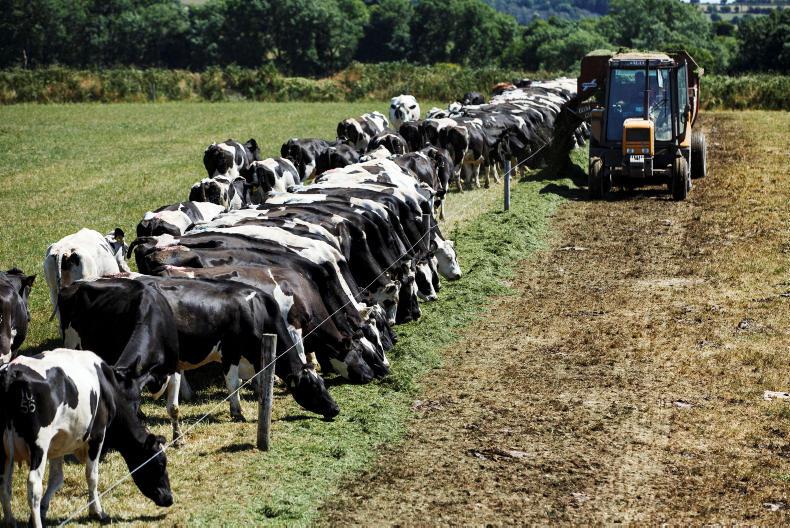
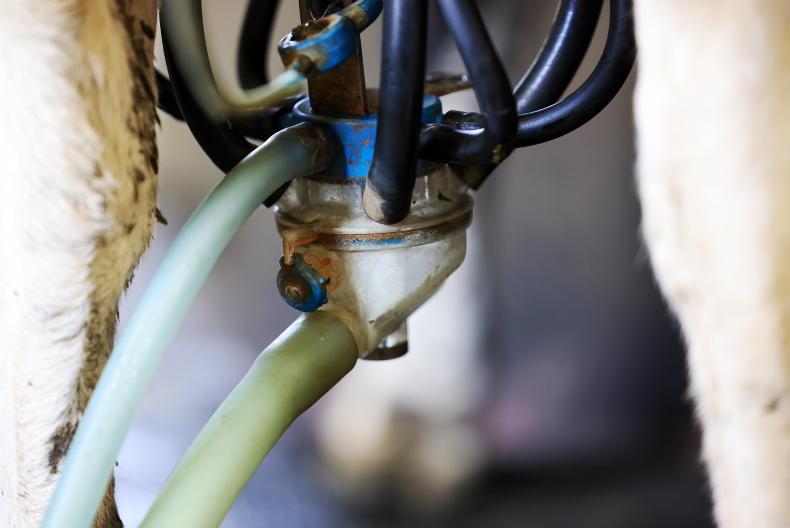

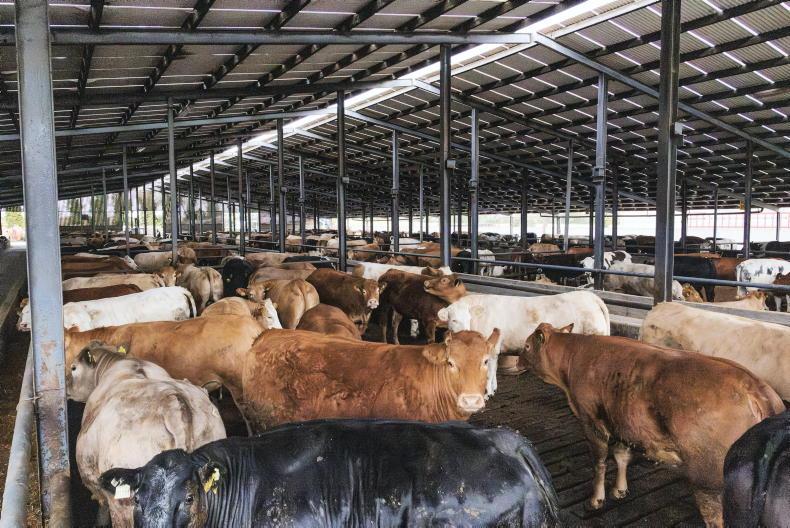
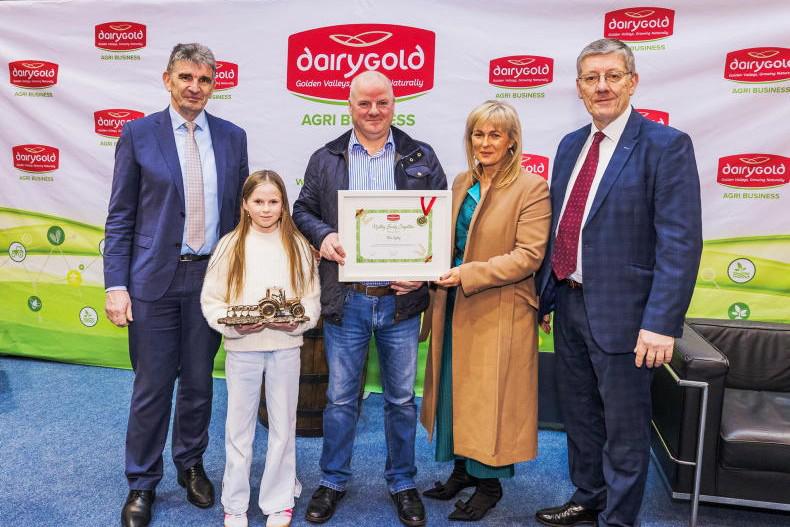
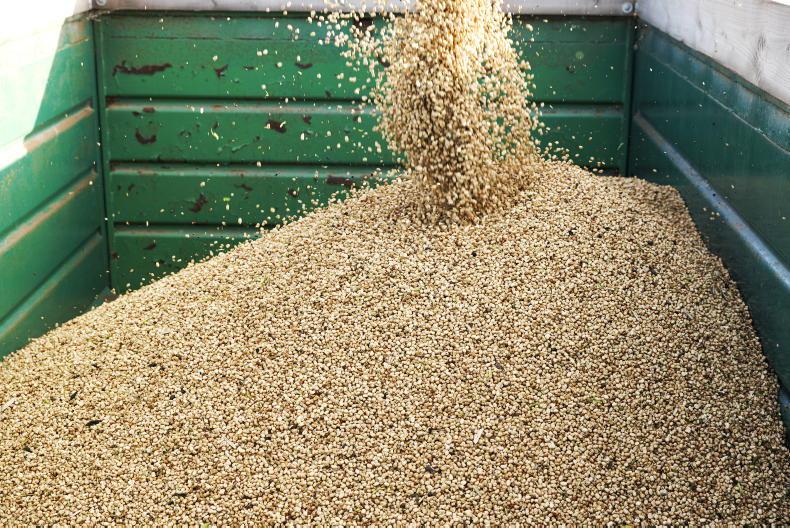
SHARING OPTIONS